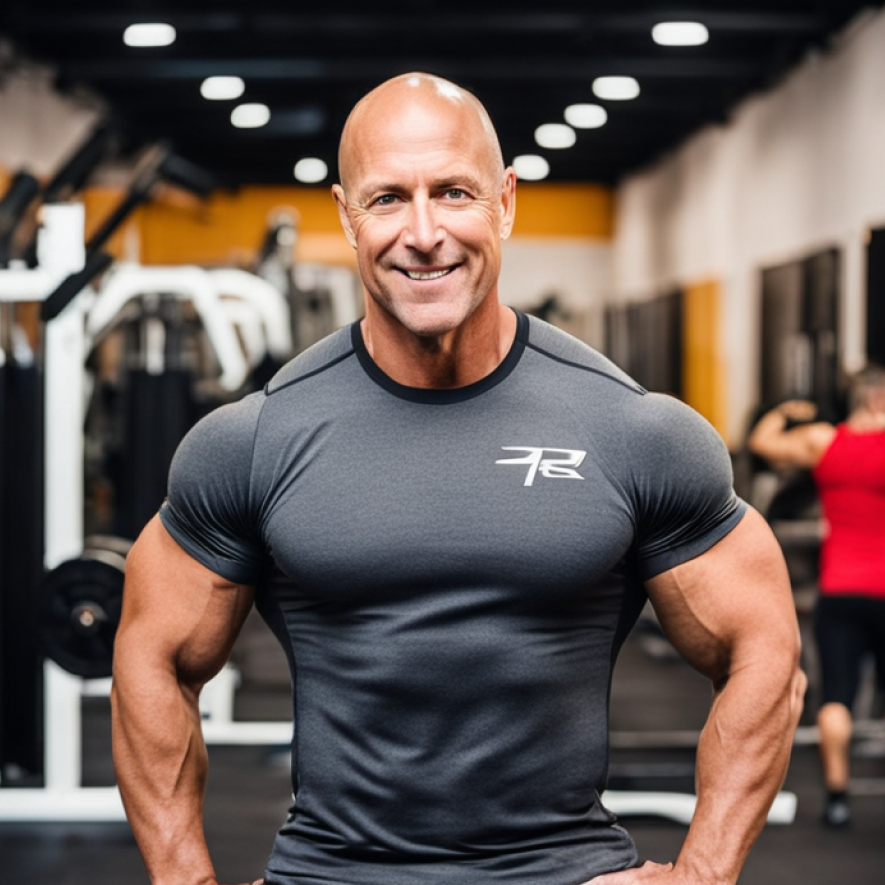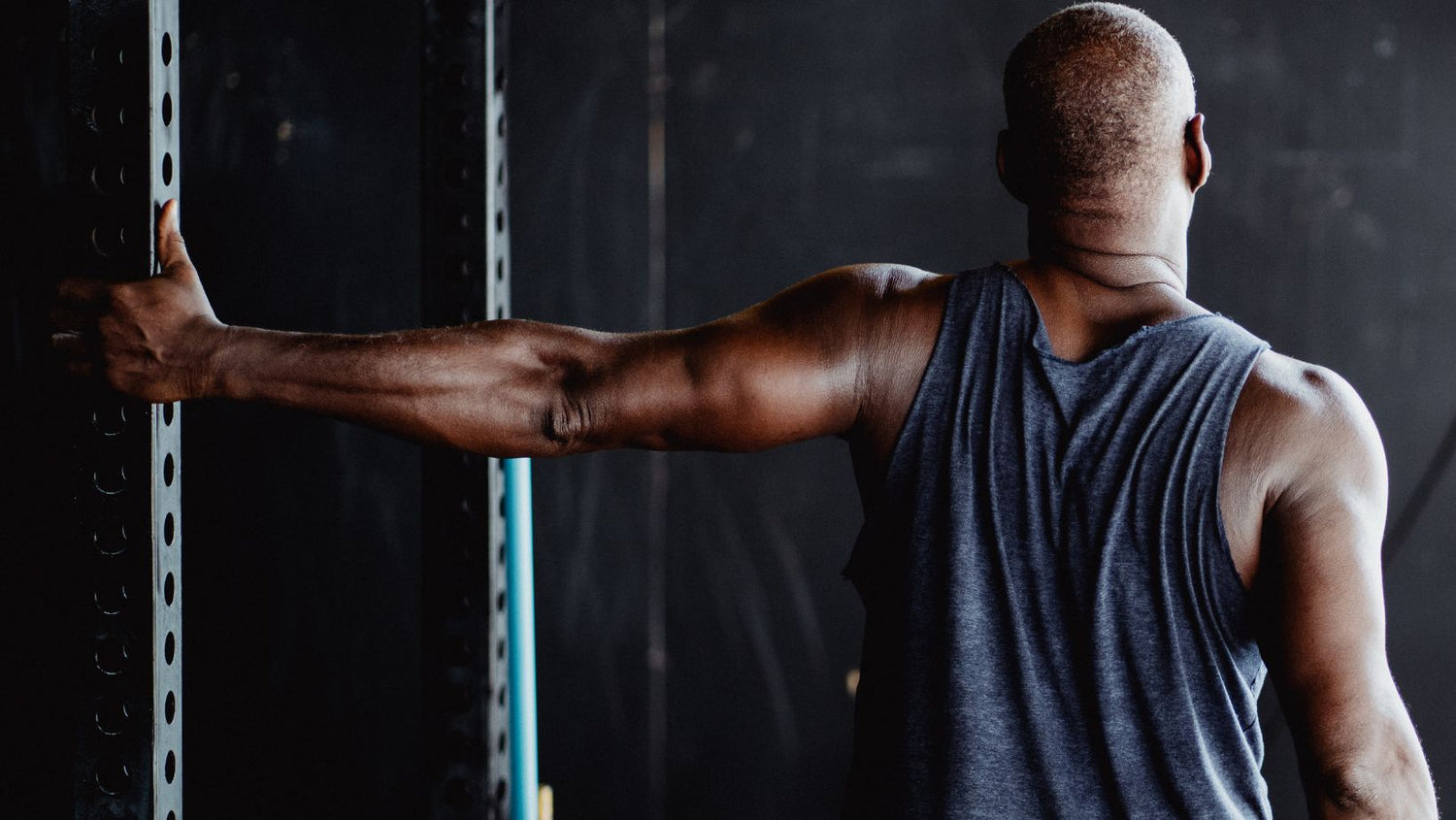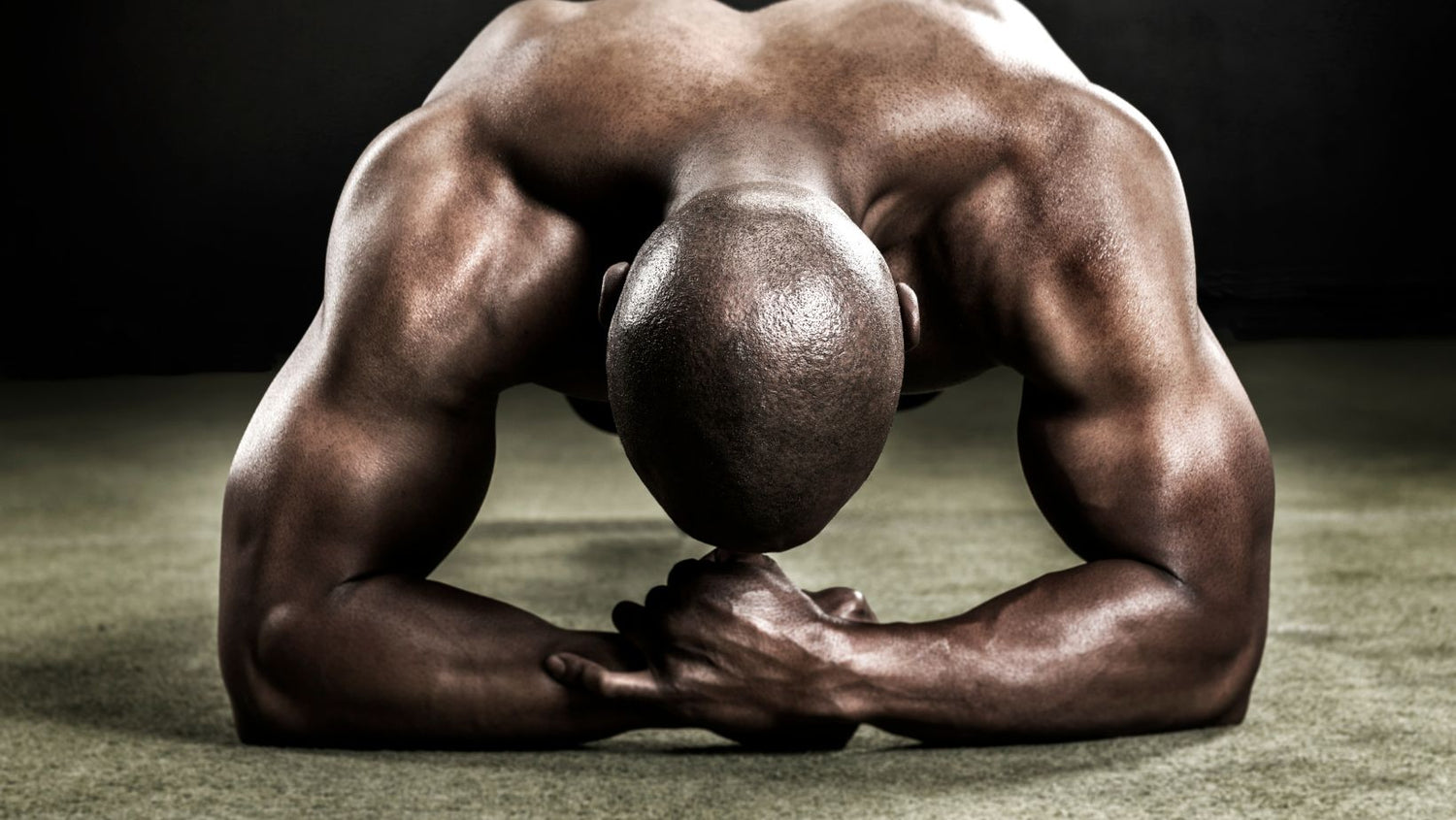Hanging leg raises are known for their effectiveness in developing core muscles, the lower abs. They also target grip strength, hip flexors and spinal stability. However not everyone has access to a bar or a machine to perform this exercise. Alternatively you may be looking for movements to spice up your ab routine. Fortunately there are alternatives to hanging leg raises that offer similar benefits and results.
In this article I will present nine exercises as substitutes for hanging leg raises. These exercises cater to fitness and strength levels – from beginner to advanced. Some of these alternatives require no equipment while others may involve a bench, chair or suspension trainer. All of them effectively engage your core muscles, like hanging leg raises do. With distinct variations and challenges.
Why Hanging Leg Raises Are So Good for Your Core
Before we look at alternatives, let's explore why hanging leg raises are so core-building. The core muscles support the spine, pelvis, and hips. The six-pack muscle, rectus abdominis, obliques, and erector spinae are important.
Hanging leg raises target all these muscles by requiring you to lift your legs towards your torso while hanging from a bar or using a machine. This action generates tension and contraction in your core muscles particularly in the lower abs. Unlike ab exercises like crunches or sit ups that primarily work the upper abs hanging leg raises give attention to the often overlooked or underdeveloped lower abs.
Additionally hanging leg raises engage assisting muscles involved in this movement such as the hip flexors located at the front of your hips. These flexors aid in raising your legs. Are frequently affected by tightness or weakness due to extended periods of sitting or excessive running/cycling. By incorporating hanging leg raises into your routine you can. Stretch these hip flexors thereby enhancing mobility and improving posture.
Another benefit of hanging leg raises is that they improve your grip strength and endurance. You need to hold onto the bar or the handles of the machine for the duration of the exercise, which challenges your forearms, wrists, and fingers. Grip strength is important for many daily activities and sports, such as opening jars, carrying bags, or climbing.
Finally, hanging leg raises enhance your spinal stability and alignment. You need to keep your spine straight and avoid swinging or arching your back while doing the exercise. This trains your core muscles to stabilize your spine and prevent injuries or pain.
9 Alternatives to Hanging Leg Raises

After learning why hanging leg raises develop your core, let's look at other core-building exercises. These exercises are beginner, intermediate, and advanced. Choose a level that suits your fitness level or raise difficulty as you acquire strength.
Beginner Alternatives
These exercises are good for beginners who wish to work their core without hanging from a bar or equipment. They require little or no equipment and are done on the floor or bench.
Reverse Crunch
The reverse crunch is one of the simplest and easiest alternatives to hanging leg raises. It works mainly on your lower abs by bringing your knees towards your chest while lying on your back.
To do it:
- Lie on your back on an exercise mat with legs extended and arms by your sides.
- Straighten your legs and bend your knees 90 degrees.
- Contract your abs, curl your hips off the floor, and raise your knees to your chest.
- Return your hips and legs to the beginning posture slowly, without hitting the floor.
- Repeat for 10 to 15 reps.
To make it harder:
- Keep your legs straight instead of bending them.
- Add ankle weights or hold a medicine ball between your feet.
- Do it on an incline bench instead of on the floor.
Lying Leg Raise
The lying leg raise is another easy alternative to hanging leg raises that works on both your upper and lower abs. It involves lifting both legs off the floor while lying on your back.
To do it:
- Lay on your back on an exercise mat with your legs outstretched and arms by your sides or under your lower back for support.
- Lift both legs as high as possible to perpendicular to the ground.
- Return them to the start without touching the floor.
- Repeat for 10 to 15 reps.
To make it harder:
- Keep your legs straight and together instead of bending them or spreading them apart.
- Add ankle weights or hold a medicine ball between your feet.
- Do it on a decline bench instead of on the floor.
Flutter Kick
A dynamic alternative to hanging leg lifts, the flutter kick trains your lower abs and hip flexors. Lying on your back, you move your legs scissor-like.
To do it:
- Lay on your back on an exercise mat with your legs outstretched and arms by your sides or under your lower back for support.
- Bend both legs slightly and lift them off the floor.
- Alternately raise and lower one leg at a time in a quick and controlled manner, as if you are kicking in water.
- Keep your core tight and your lower back pressed against the floor throughout the movement.
- Repeat for 30 to 60 seconds or as long as you can.
To make it harder:
- Keep your legs straight and together instead of bending them or spreading them apart.
- Add ankle weights or hold a medicine ball between your feet.
- Raise your head and shoulders off the floor and look at your feet.
Intermediate Alternatives
These exercises are suitable for intermediate exercisers who want to work their core with more intensity and challenge. They are performed on a bench, a chair, or a suspension trainer and require some equipment.
Bench Leg Raise
The bench leg raise is a more difficult alternative to hanging leg raises that works on both your upper and lower abs. It involves lifting both legs off the bench while lying on your back.
To do it:
- Lie on your back on a flat bench with your legs extended and hanging off the edge of the bench.
- Hold onto the sides of the bench or behind your head for support.
- Lift both legs off the bench until they are perpendicular to the ground or as high as you can.
- Lower them back to the starting position without touching the bench.
- Repeat for 10 to 15 reps.
To make it harder:
- Keep your legs straight and together instead of bending them or spreading them apart.
- Add ankle weights or hold a medicine ball between your feet.
- Do it on an incline or decline bench instead of a flat bench.
Chair Leg Raise
The chair leg raise is another challenging alternative to hanging leg raises that works on both your upper and lower abs. It involves lifting both legs off the chair while sitting on it.
To do it:
- Sit on the edge of a sturdy chair with your legs extended and slightly bent in front of you.
- Place your hands on the sides of the chair or behind your head for support.
- Lean back slightly and lift both legs off the chair until they are parallel to the ground or as high as you can.
- Lower them back to the starting position without touching the chair.
- Repeat for 10 to 15 reps.
To make it harder:
- Keep your legs straight and together instead of bending them or spreading them apart.
- Add ankle weights or hold a medicine ball between your feet.
- Do it on an unstable surface, such as a Swiss ball or a Bosu ball, instead of a chair.
Suspension Trainer Leg Raise
The suspension trainer leg raise is an advanced alternative to hanging leg raises that works on both your upper and lower abs. It involves lifting both legs off the floor while hanging from a suspension trainer, such as TRX or rings.
To do it:
- Hang from a suspension trainer with your arms straight and your palms facing each other.
- Keep your body in a straight line from head to toe and engage your core muscles.
- Lift both legs off the floor until they are perpendicular to the ground or as high as you can, keeping them straight or slightly bent.
- Lower them back to the starting position without touching the floor.
- Repeat for 10 to 15 reps.
To make it harder:
- Keep your legs straight and together instead of bending them or spreading them apart.
- Add ankle weights or hold a medicine ball between your feet.
- Rotate your hips to one side or the other at the top of the movement, working your obliques.
Advanced Alternatives
These exercises are suitable for advanced exercisers who want to work their core with maximum intensity and challenge. They are performed in a hanging position and require a lot of strength, stability, and coordination.
Hanging Knee Raise
The hanging knee raise is a basic but effective alternative to hanging leg raises that works mainly on your lower abs. It involves lifting both knees towards your chest while hanging from a bar or a machine.
To do it:
- Hang from a pull-up bar or a hanging leg raise machine with your arms straight and your palms facing away from you or each other.
- Keep your body still and your legs together.
- Lift both knees towards your chest as high as you can, curling your hips and contracting your abs.
- Lower them back to the starting position without swinging or losing tension.
- Repeat for 10 to 15 reps.
To make it harder:
- Add ankle weights or hold a medicine ball between your knees.
- Twist your hips to one side or the other at the top of the movement, working your obliques.
- Do it on a hanging leg raise machine with adjustable resistance.
Hanging Leg Raise
The hanging leg raise is the classic alternative to hanging leg raises that works on both your upper and lower abs. It involves lifting both legs towards your torso while hanging from a bar or a machine.
To do it:
- Hang from a pull-up bar or a hanging leg raise machine with your arms straight and your palms facing away from you or each other.
- Keep your body still and your legs together.
- Lift both legs towards your torso as high as you can, keeping them straight or slightly bent.
- Lower them back to the starting position without swinging or losing tension.
- Repeat for 10 to 15 reps.
To make it harder:
- Add ankle weights or hold a medicine ball between your feet.
- Twist your hips to one side or the other at the top of the movement, working your obliques.
- Do it on a hanging leg raise machine with adjustable resistance.
Hanging Windshield Wiper
The hanging windshield wiper is a very challenging alternative to hanging leg raises that works on both your upper and lower abs, as well as your obliques. It involves moving both legs from side to side in an arc-like motion while hanging from a bar or a machine.
To do it:
- Hang from a pull-up bar or a hanging leg raise machine with your arms straight and your palms facing away from you or each other.
- Keep your body motionless and lift both legs straight or slightly bent to perpendicular to the ground.
- Move both legs in an arc like you're wiping a windshield, going as far as you can without hitting the floor.
- Keep your core tight and your hips stable throughout the movement.
- Repeat for 10 to 15 reps.
To make it harder:
- Add ankle weights or hold a medicine ball between your feet.
- Increase the range of motion by going beyond 90 degrees on each side.
- Do it on a hanging leg raise machine with adjustable resistance.
Conclusion
Hanging leg lifts improve your core. It's crucial to realize that alternatives can offer similar benefits and outcomes. Fitness level, equipment, and personal preference determine exercise choices. You can replace nine exercises for hanging leg lifts for diversity. The alternatives will. Unique ways to strengthen and stabilize your core. Warm up before any core workout and focus on form and technique. Enjoy core strengthening without a bar!






